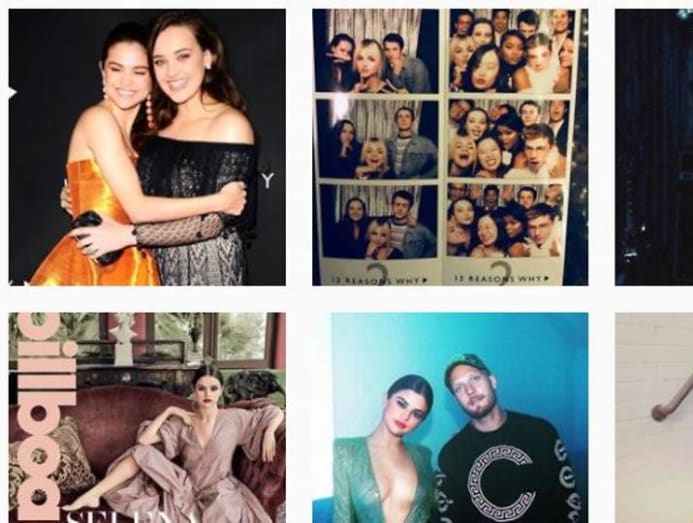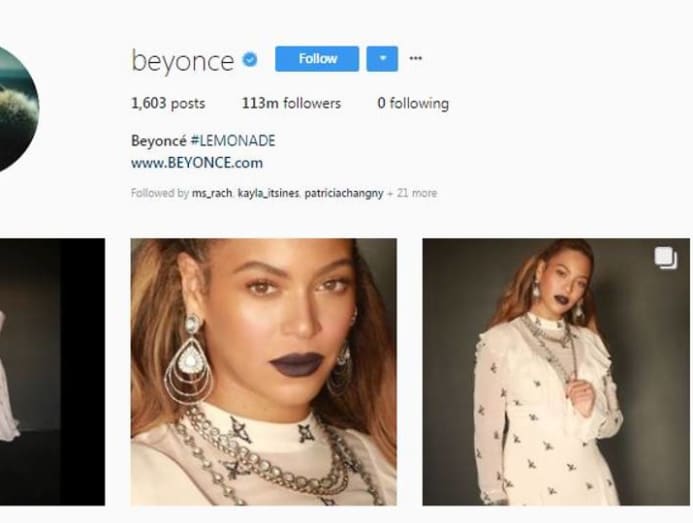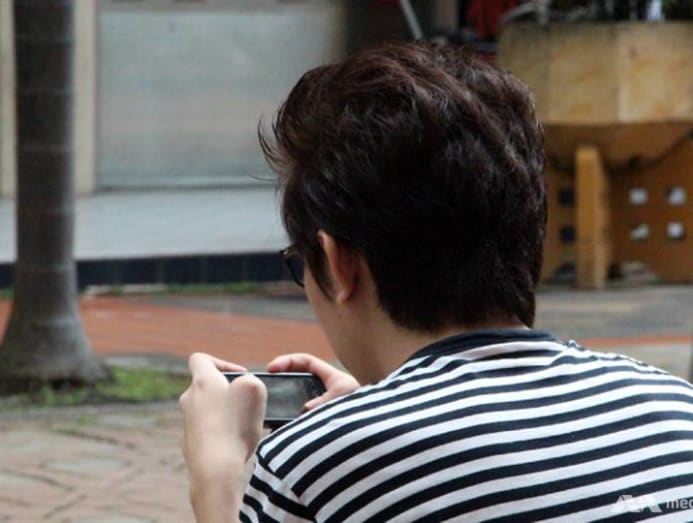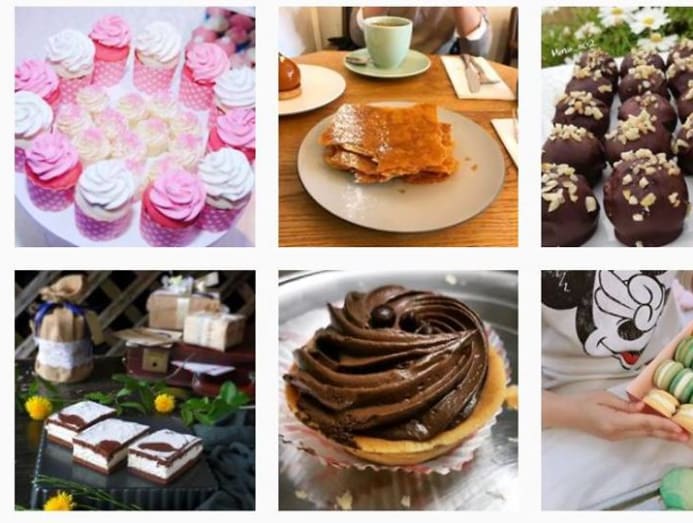commentary Commentary
Commentary: The awkwardness of using Instagram as a 50-something
Having to curate and present an idealised life on Instagram is an odd challenge older people who join Instagram face, says one observer from the NTU Wee Kim Wee School of Communication and Information.

A shot of an old Instagram account. (Photo: AFP/Thomas Coex)
SINGAPORE: The dead French philosopher Charles Montesquieu wrote: “If we only wanted to be happy, it would be easy. But we want to be happier than other people, and that is almost always difficult, since we think them happier than they are.”
That was 250 years ago. Replace happy with glamorous/popular/thin/successful and you have Instagram.
Curating and presenting an idealised life in Instagram has long challenged young digital natives.
Increasingly, now, it is also challenging older people who are migrating there from Facebook because they worry about their data falling into the wrong hands but who still want social media.
One in four people on Instagram are over 50.
PARTIES, PICTURES AND FILTERS
The photo- and video-sharing app allows people to post highlights of their lives — the most picturesque food, the most breath-taking views, the liveliest parties, the prettiest make-up, all enhanced by photo-filters.
Instagram was launched in 2010 as a photo-sharing service and was bought by Facebook in 2012. At the last count in 2017, it had 800 million monthly active users.
Selena Gomez is the most followed person with 135 million fans, but Beyoncé gets more likes. The most-followed pet is a Pomeranian called JiffPom, with over 8 million fans.

A 2015 study by Hu Yuheng at the University of Illinois at Chicago and other colleagues found that selfies and photos of friends accounted for nearly half the pictures. Then came activities, gadgets, food and memes, with fashion and pets last.
Those are the facts. But the issue with Instagram has always been this: When we’re presented with a stream of Instagrammed perfection, how does that make us feel about our own lives?
Following Montesquieu, Instagram makes it hard for us to be happy because everyone else seems to be having a better time than we are.
NOT JUST AWKWARD BUT HARMFUL
This is not about an older person criticising things that young people like because they themselves don’t understand it.
My parents worried about computer games and “video nasties” (horror movies), while smoking in the same room as me and indulging me with sugary, saturated-fat-filled treats, so I don’t imagine that older people can necessarily tell younger people what’s bad for them.
But it is about how the awkwardness that older people feel when they launch themselves on social media is based on the knowledge that with the dopamine high of being liked comes the inevitable low when that doesn’t happen.
There’s always a hangover — something that older people have more experience with than the young.

Similarly, older Instagrammers can see that as soon as you have followers, there is pressure to do something that makes you worth following.
If offline social rules apply in Instagram, it would be comparable to going out with friends. If you’re there, your job is to be interesting. If you’re not prepared to do that, then stay at home.
Last year, the UK’s Royal Society for Public Health surveyed 1,500 14 to 24-year-olds. Their report placed Instagram at the top of the social media ranking for being harmful to the mental wellbeing of young people.
Shirley Cramer, its CEO, warned that Instagram was “very image-focused and … may be driving feelings of inadequacy and anxiety in young people”.
These young people are the digital natives who use it regularly. What more for digital immigrants who don’t know who Selena Gomez is?
It may be that there is no right way to be on Instagram for the over-50s in the eyes of the under-20s. If my students share photos of a wild party, that’s great; if I do, that’s slightly uncomfortable.

SHARING AND PRIVACY
Nevertheless, I joined Instagram last week, aged 52. By mistake.
My handphone shares a subscription package with my teenage son’s (like Harry Potter’s and Voldemort’s wands had the same phoenix feather at their core) so when he downloaded Instagram, it appeared on my screen.
I clicked to see what it was, and apparently that signed me up.
Within five minutes I had 13 followers. A week later I have 36. I have never heard of 19 of them.
I posted a mildly humorous picture of a chair that looked as if it was smiling. It was liked by someone called I-australiana. Who is she? How did she know about my smiling chair? Older people used to actually knowing who their friends are will find this a bit disconcerting.
So it went on. Instagram invited me to follow my Facebook friends. When I clicked, I got an anxiety-inducing “Are you sure you really want to do this?” pop-up.
If it was safe, why would they ask me that? Older people hesitate before signing because we have heard things like: “The value of your investments can go up as well as down.”
Older people are also more aware of negotiating the line between privacy and sharing. Recent news about Cambridge Analytica has made it clear what we post on social media can find its way into places we didn’t foresee, and be put to uses we wouldn’t approve of, such as targeting fake news stories at voters to sway elections.
It’s one thing to craft your life on social media; the next step is to craft your life off social media in order to look good online.
Look at food. Some of my research is into food as a social construct - we eat what we are told is good - which is why different cultures have different ideas about eating, cows, pigs, dogs and horses. The new social construction of food, however, isn’t how it tastes; it’s how it looks.

A study by Chris Holmberg and colleagues in 2016 found that teens post pictures of food that is mostly high in calories and low in nutrition. Looks good, tastes good — only it isn’t. On Instagram, it’s more important for food to be visually appealing than to taste good.
Instagram and other social media open up new avenues of connection — once we have overcome the anxiety of getting it wrong — which is exciting.
But if it changes our diets so that what matters isn’t the taste, it’s whether it’s an Instagrammable confection of rainbow food and unicorn sprinkles, that is something all generations can be anxious about.
Andrew Duffy is an assistant professor at the Wee Kim Wee School of Communication and Information. His interests are in journalism and social media.





